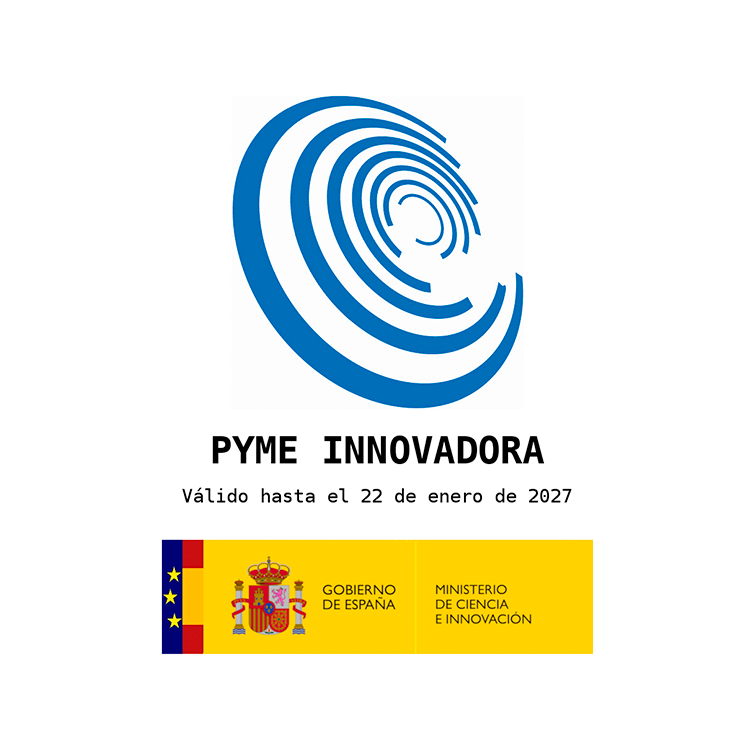Original document in Sensing low intracellular potassium by NLRP3 results in a stable open structure that promotes inflammasome activation (science.org)
Ana Tapia-Abellán, Diego Angosto-Bazarra, Cristina Alarcón-Vilamaría C. Baños, Va Hafner-Bratkovič, Baldomero Oliva And Pablo Pelegrín, Sensing low intracellular potassium by NLRP3 results in a stable open structure that promotes inflammasome activation. SCIENCE ADVANCES • 15 Sep 2021 • Vol 7, Issue 38 • DOI: 10.1126/sciadv.abf4468
Abstract
The NLRP3 inflammasome is activated by a wide range of stimuli and drives diverse inflammatory diseases. The decrease of intracellular K+ concentration is a minimal upstream signal to most of the NLRP3 activation models. Here, we found that cellular K+ efflux induces a stable structural change in the inactive NLRP3, promoting an open conformation as a step preceding activation. This conformational change is facilitated by the specific NLRP3 FISNA domain and a unique flexible linker sequence between the PYD and FISNA domains. This linker also facilitates the ensemble of NLRP3PYD into a seed structure for ASC oligomerization. The introduction of the NLRP3 PYD-linker-FISNA sequence into NLRP6 resulted in a chimeric receptor able to be activated by K+ efflux–specific NLRP3 activators and promoted an in vivo inflammatory response to uric acid crystals. Our results establish that the amino-terminal sequence between PYD and NACHT domain of NLRP3 is key for inflammasome activation.
15 septiembre 2021










